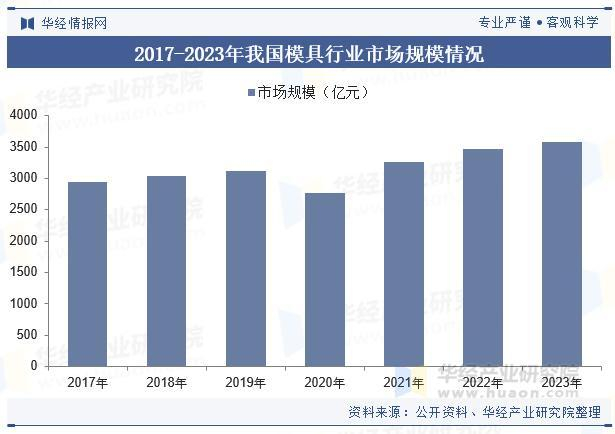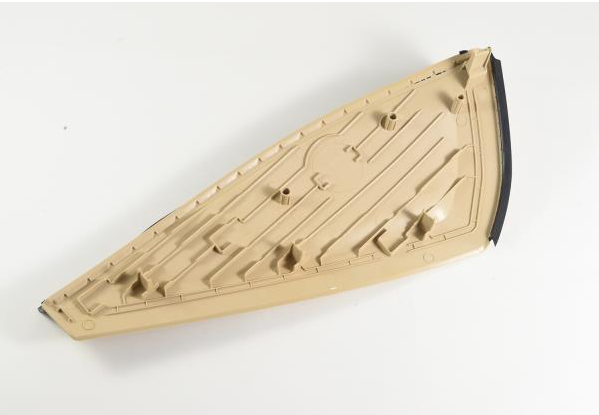2025 New Energy Vehicle Parts Fair Results Conference Held in Shiyan
On the morning of September 21, the Results Conference of the 2025 New Energy Vehicle Parts Fair was held at Shiyan International Convention and Exhibition Center. Hosted by the China Automobile Dealers Association, this fair, with the theme of "Intelligent Connected New Ecosystem · Green Power for the Global Chain", took place at Shiyan International Convention and Exhibition Center from September 19 to 21. Adhering to a market-oriented approach, the fair focused on the entire industrial chain of new energy vehicle parts. Through a series of practical activities such as product exhibitions, supply chain matchmaking, project roadshows, and new product launches, it built an efficient and collaborative platform integrating "production, education, research, and trade", strengthening industrial exchanges and substantive transaction functions. A total of 67 international buyers from 11 countries, representatives from 76 domestic and foreign business associations, and representatives from 174 enterprises outside Shiyan attended the fair. There were 312 exhibitors, covering a total exhibition area of 50,000 square meters.
The results of the 2025 New Energy Vehicle Parts Fair were released on-site at the conference: the total transaction volume of this fair reached 12.67 billion yuan, including 11.127 billion yuan in formal agreement amounts and 1.543 billion yuan in intended cooperation amounts; 32 investment projects in the automotive industry were signed, and 16 technology achievement transformation projects were implemented. In addition, the fair held 17 new product launch events and 5 supply chain matchmaking meetings. The China Automobile Dealers Association also released the country's first group standard - "Technical Specifications for Commercial Vehicle Preparation" - at the fair.
An award ceremony was held concurrently with the conference. After selection, 10 enterprises including Seres Automobile (Hubei) Co., Ltd. were awarded the title of "Growth-Oriented Enterprises"; 10 individuals including Wang Daming, Chairman of Hubei Daming Industrial Co., Ltd., were honored as "Leaders in the Industry"; and 10 enterprises including Dongfeng Commercial Vehicle Co., Ltd. were recognized as "Leading Enterprises". Meanwhile, car purchase coupons with a total value of 100,000 yuan were presented on-site to lucky audience members who won the lottery.
Zhu Yunhui, Vice Mayor of Shiyan Municipal Government, stated that this fair showcased cutting-edge technologies in the industry, promoted a number of practical cooperations, and effectively facilitated accurate connection between enterprises in the upper, middle, and lower reaches of the industrial chain, injecting new impetus into the high-quality development of the new energy vehicle parts industry. Shiyan will continue to optimize the business environment, strengthen enterprise services, and provide support for the development of the industry, working with all parties to seize the opportunities of the new energy era.




